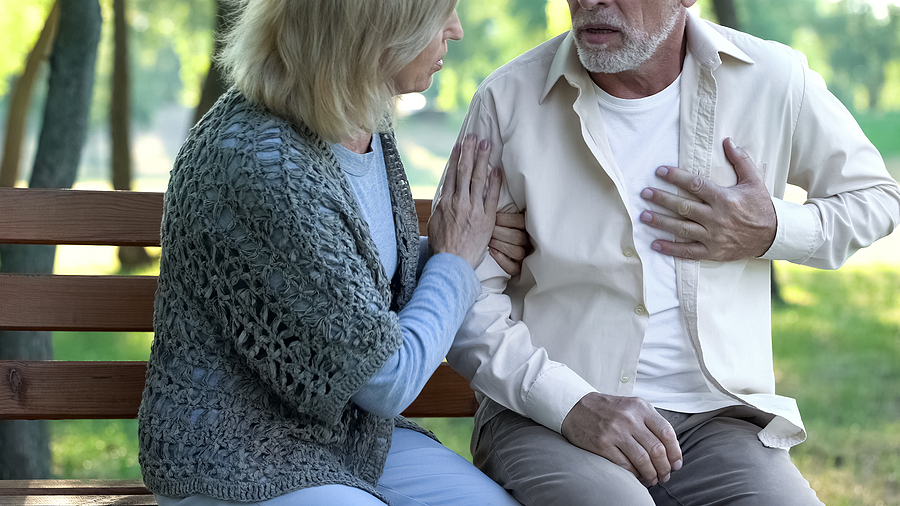Every second and minute count during a stroke. Patients who receive fast treatment are at a reduced risk for the brain damage that a stroke can cause. By becoming familiar with the symptoms and signs of a stroke, you can take the quick action necessary to help someone else and maybe even save a life.
What is a Stroke?
A stroke occurs when there is an interruption to the blood supply of your brain, preventing the brain tissue from getting the nutrients and oxygen it needs. Within minutes, brain cells can begin to die, so prompt medical attention is vital.
Signs of Stroke in Men and Women
According to the Centers for Disease Control (CDC), the most common signs of a stroke include:
- Sudden weakness or numbness in the arm, leg, or face, particularly on one side of the body
- Sudden trouble speaking, understanding speech, or confusion
- Sudden difficulty seeing in one or both eyes
- Sudden loss of balance, dizziness, lack of coordination, or trouble walking
- Sudden severe headache with no known cause
Acting F.A.S.T. is Key to Helping Stroke Victims
If you or anyone else has any signs of a stroke, call 9-1-1 immediately. The CDC also reports that acting F.A.S.T. can help stroke victims get the treatment they need desperately. These treatments work best if the stroke is recognized and diagnosed within three hours. Only if they arrive at the hospital in time will a stroke victim be eligible for certain treatments.
If you believe that someone may be having a stroke, do the simple act F.A.S.T. test:
- Face – When asking the person to smile, does one side of their face droop?
- Arms– When asking the person to raise both arms, does one arm drift lower?
- Speech – When asking the person to repeat a simple phrase, is their speech troubled or slurred?
- Time – Call 9-1-1 immediately if you answered “yes” to ANY of these questions.
Take note of when any stroke symptoms first appeared. Avoid driving a stroke victim to the hospital. Call an ambulance instead so that medical personnel can being life-saving treatment immediately.
What Can You Do for Stroke Prevention?
According to the CDC, 80% of strokes in the U.S. are preventable. You can reduce your risk of a stroke by making healthy lifestyle choices. These include:
- Healthy Diet – Chose healthy meal and snack options like more fruits and vegetables.
- Healthy Weight – Being obese or overweight can increase your risk of a stroke.
- Physical Activity – Physical exercise can help lower your cholesterol and blood pressure, reducing your stroke risk.
- Stop Smoking – Cigarette smoking greatly increases your odds of having a stroke.
- Limit Alcohol Intake – Drinking too much alcohol can lead to higher blood pressure, which is a stroke risk.
MedTrust is an ambulance transport service based in Charleston, SC. We offer high-quality and compassionate medical transportation services between medical facilities throughout South Carolina and Northeast Florida.
Contact us today to learn more about our services or to find out how you can become a member of our team.

